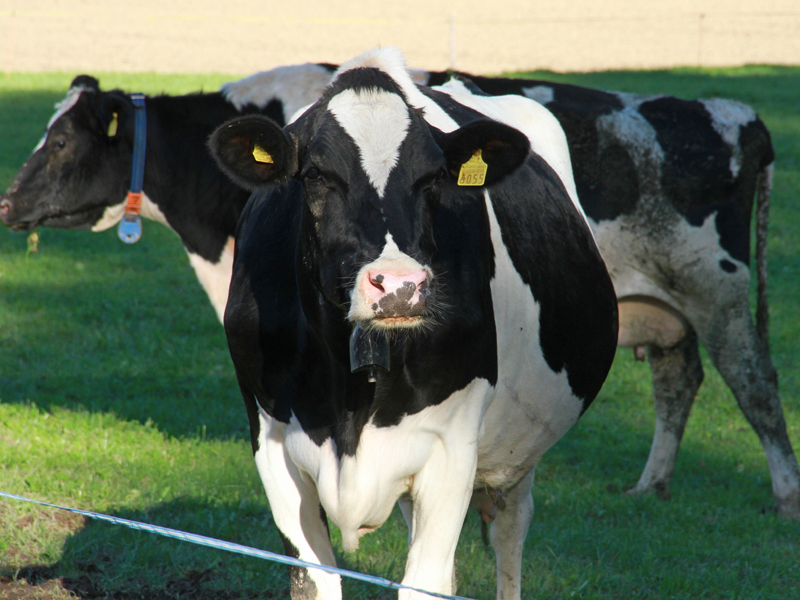Welsh dairy farmer Rhys Williams may have only been in business on his own account for 10 years but by using his grassland to maximum effect he has already built up two milking herds totalling 750 cows.
He told the Quality Meat Scotland Grassland conference that he owned 80 hectares on the Llyn peninsula and no had a milking herd of 300 run on a spring block calving system.
The farm also carries 190 young stock.
He said: “It is a family farm and although it is heavily geared in terms of borrowing it is paying its way. On the other farm, which is higher and wetter I share milk another 450 cows.
“The landlord supplies the land and buildings and I supply the cows with the surplus shared 50/50. The manager has a 10% share in the cows so that he has a sense of ownership.”
He said paddocks were the basis of the system and allowing the cows good access to grass was vital.
“We have built a lot of roads to allow the cows to move easily to the parlour. I know I am a dairy farmer but I really think of my self as a grass farmer who just happens to produce milk,” he said.
The most important task on the farm was measuring the grass length and density and this was done without fail every Monday morning.
The results were charted and a computer programme used to set the grazing programme, he said.
“Any paddock that is below par is investigated and remedial action taken. My target is to produce a profit of £200 per tonne of grass dry matter produced on the farm, “ Rhys added.
Given that a good crop of grass can produce up to 16 tonnes of dry matter per hectare that implies a profit of £3,200 per hectare which is an impressive result by any standards.
